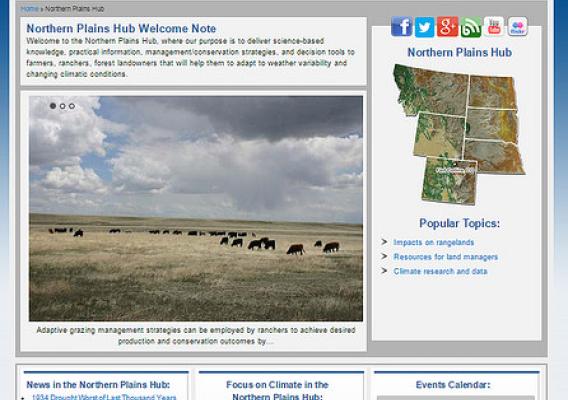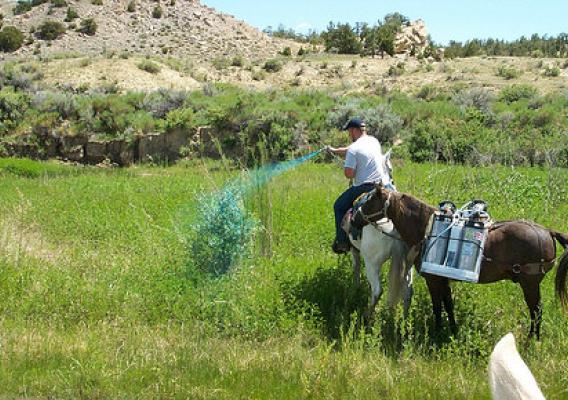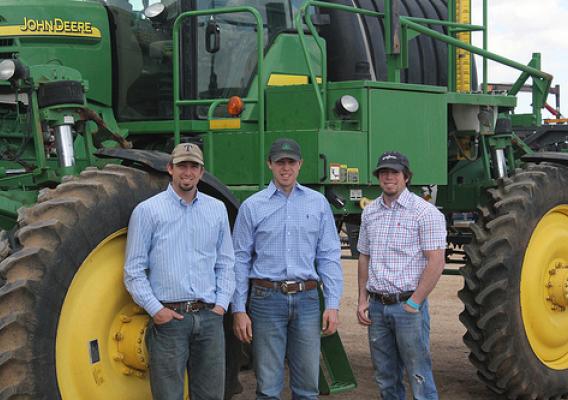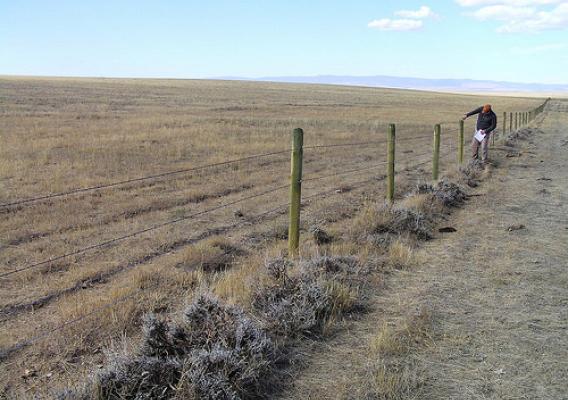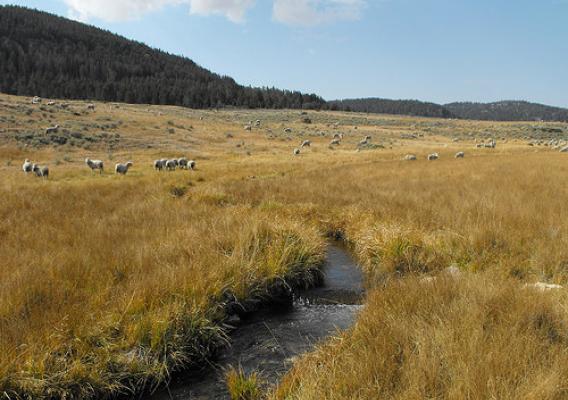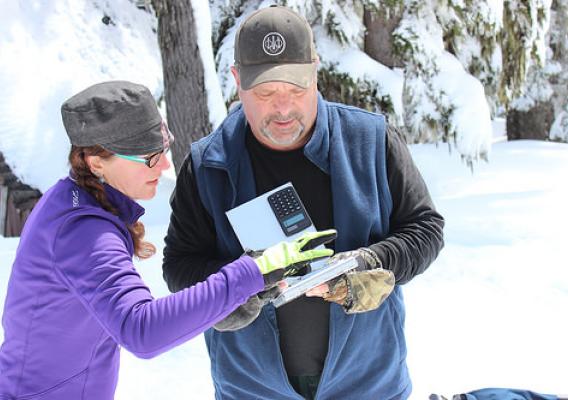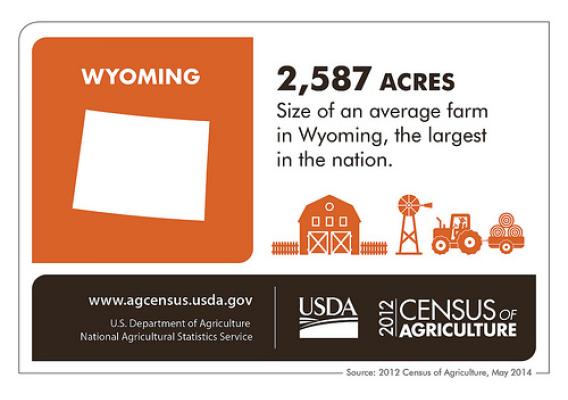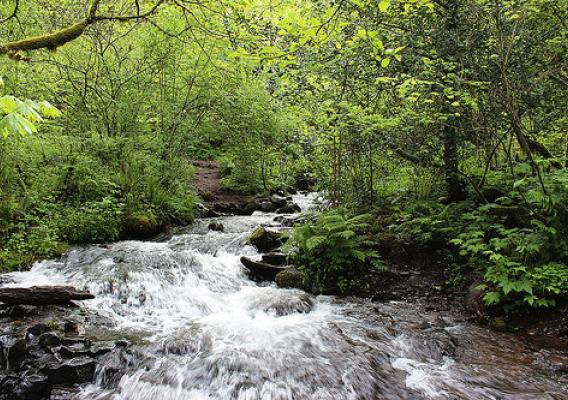This fall, ranchers, farmers, and land managers in the Northern Plains from Bartlett, Nebraska to the Wind River Indian Reservation in Wyoming will be making decisions that will affect their operations in the coming year. Land managers often consider markets, weather and changing climatic conditions using data and information from various sources including newspapers and popular press publications, Cooperative Extension agents, State Climatologists, and the Internet.
With the recent launch of the USDA Northern Plains Regional Climate Hub website, ranchers, farmers, and land managers have a new source for region-specific, science-based information, practical management and conservation strategies, and decision-support tools. The national Hubs site features links to the latest climate news, events, thematic climate highlights (e.g. Croplands, Forestland, Grazing Lands and Livestock) as well as educational materials, factsheets, and regional contact information.


